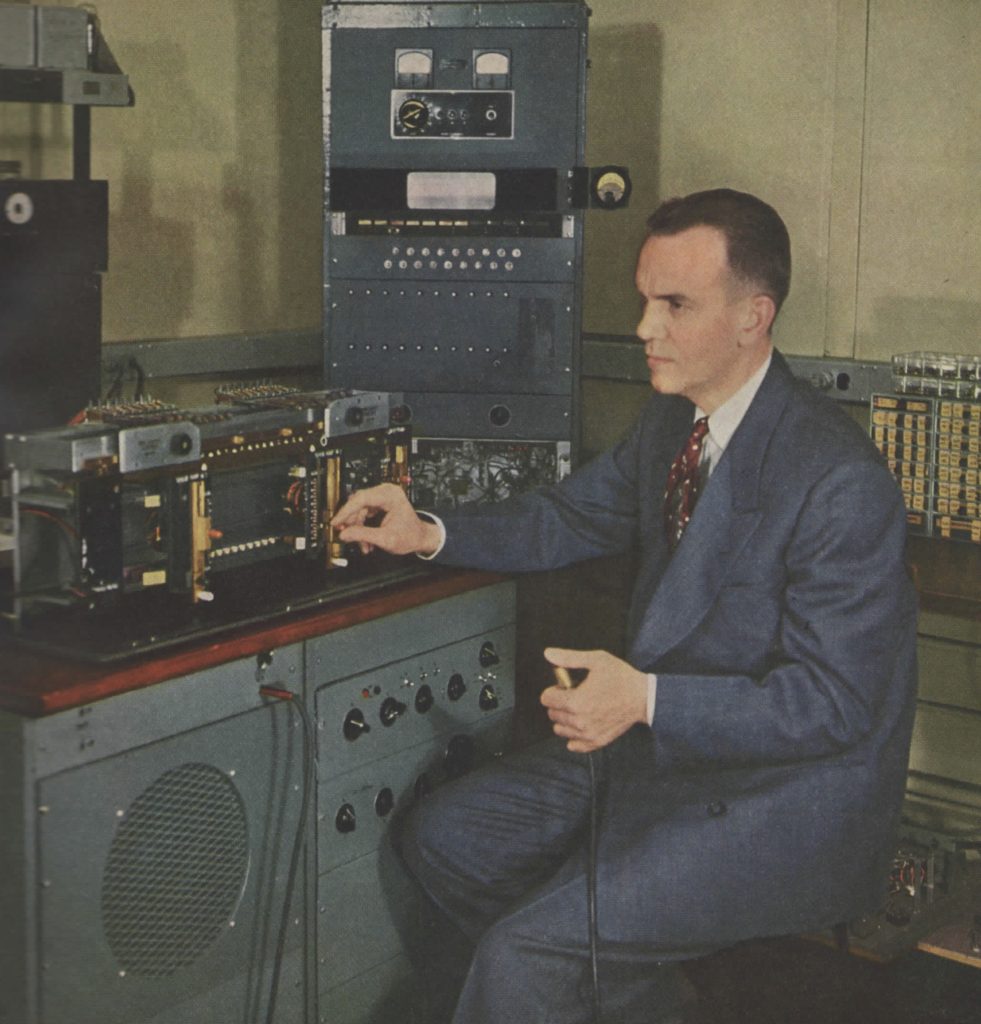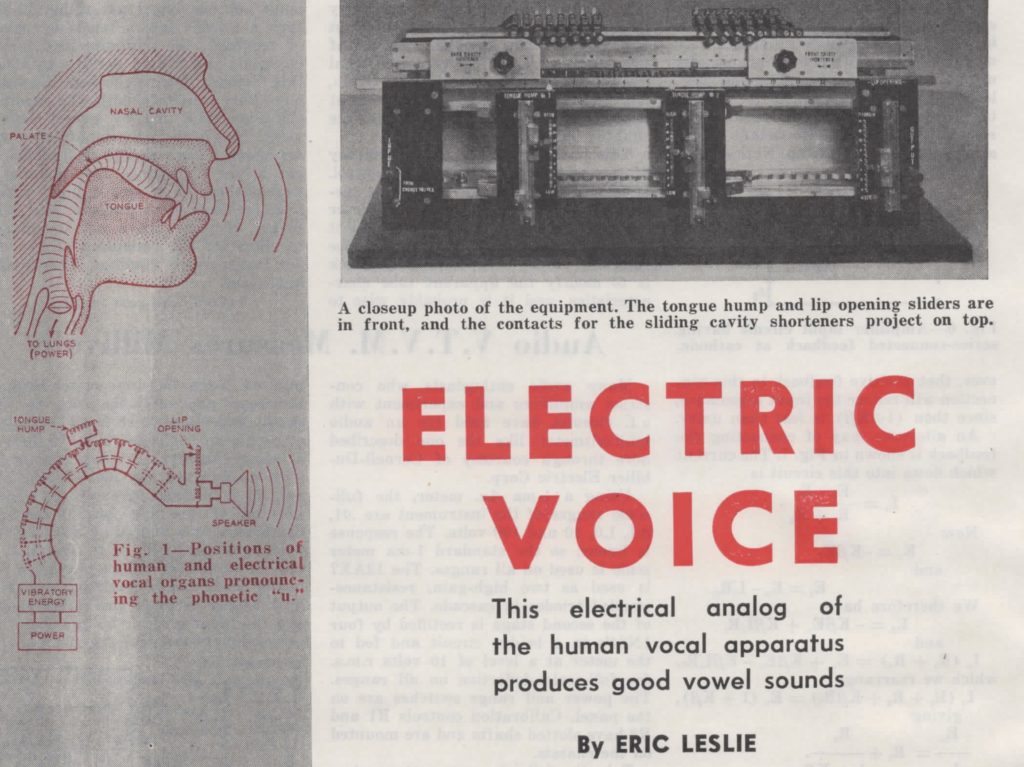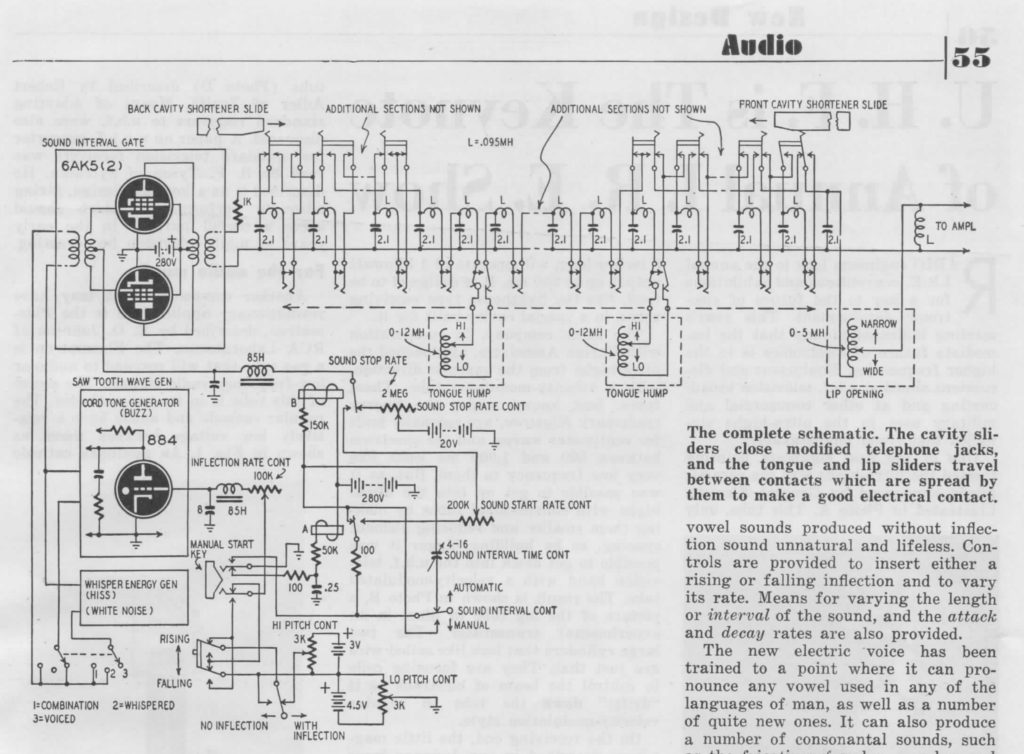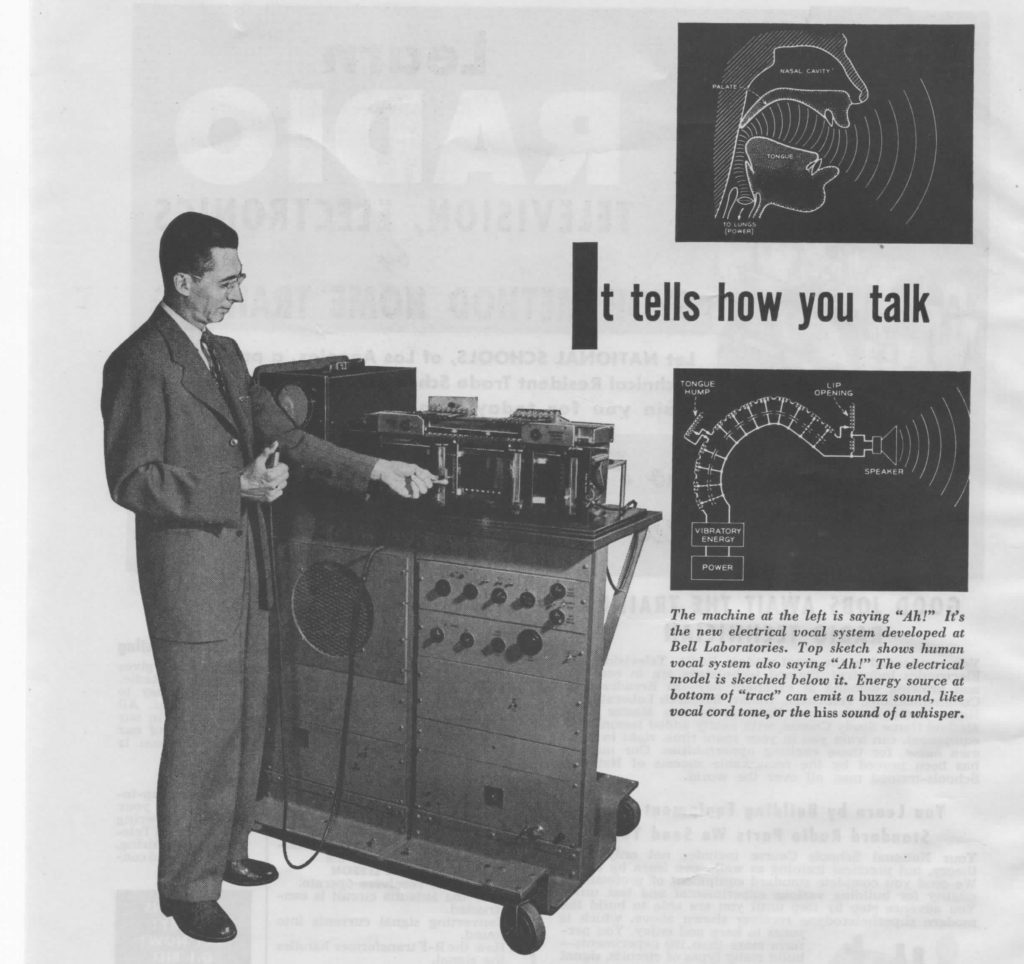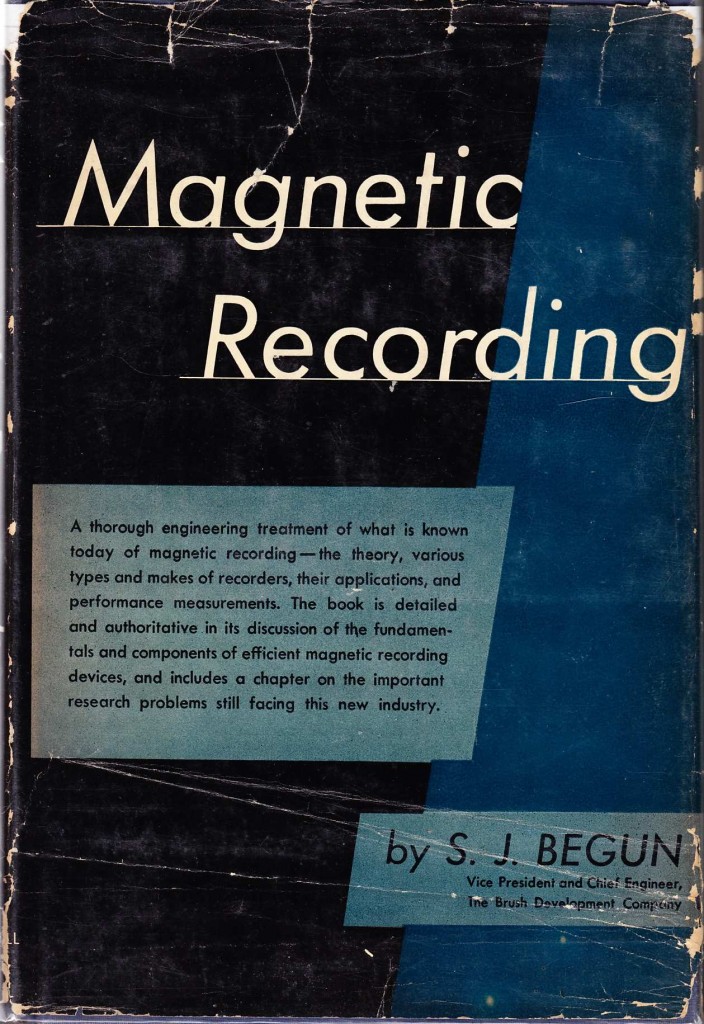 Not sure where I came across this obscure volume. Written by one S.J. Begun, then VP and chief engineer of recording-tech pioneer Brush Development Corp, ‘Magnetic Recording’ (h.f. ‘MR’) was completed in June 1948 and published the following year by Murray Hill Books.
Not sure where I came across this obscure volume. Written by one S.J. Begun, then VP and chief engineer of recording-tech pioneer Brush Development Corp, ‘Magnetic Recording’ (h.f. ‘MR’) was completed in June 1948 and published the following year by Murray Hill Books.
There is a lot of information in this 235pp volume; the best feature by far, though, is that it contains diagrams and schematics for a great number of the recording devices discussed.
Here’s a quick survey of the machines covered in MR. Most are wire recorders. Remember that tape recording was still incredibly new in 1948; wire was still the dominant format. If you have any of these machines and need to service it, seek out this book. You might find what you need. Names are beneath each image.
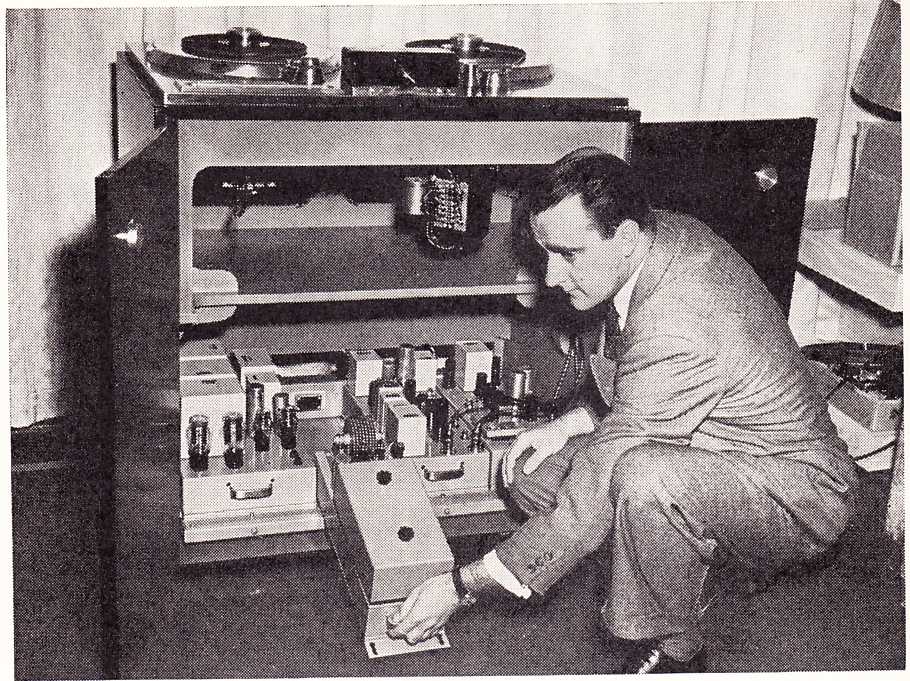
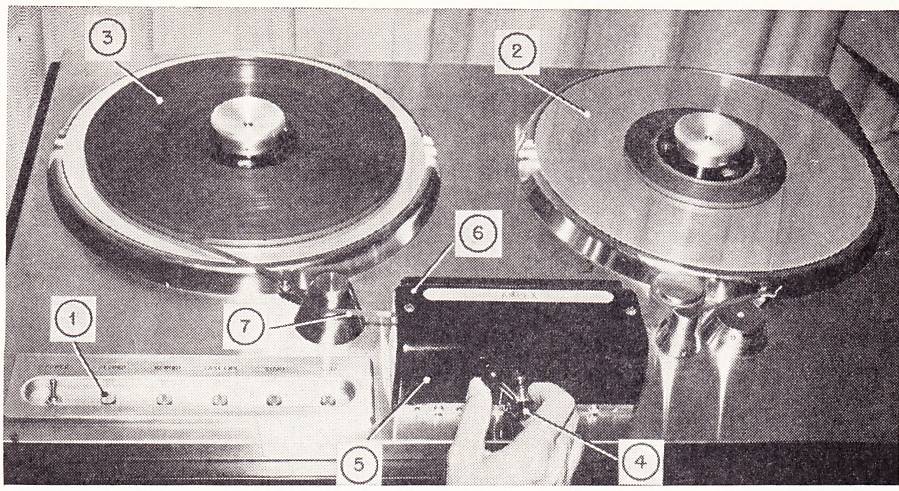 The original circa 1948 Ampex tape recorder, which promised an unheralded 30-15k (+/- 1db) frequency response.
The original circa 1948 Ampex tape recorder, which promised an unheralded 30-15k (+/- 1db) frequency response.
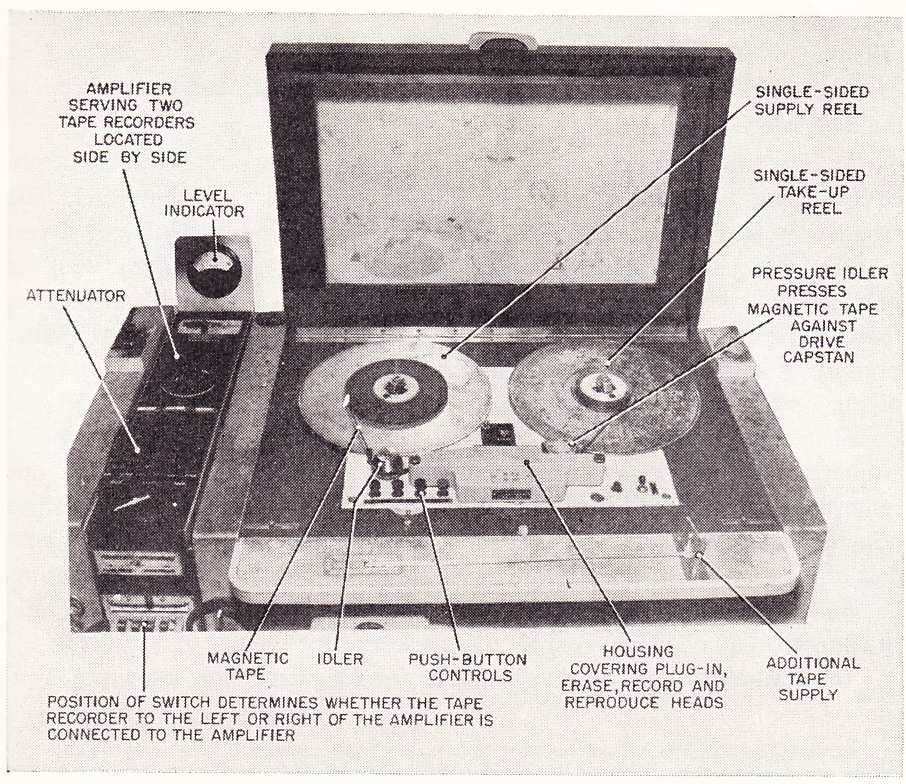 The WW11-era German Magnetophone, from which the Ampex was largely derived. The Magnetophone ran at 30 ips in order to achieve its (then) excellent performance.
The WW11-era German Magnetophone, from which the Ampex was largely derived. The Magnetophone ran at 30 ips in order to achieve its (then) excellent performance.
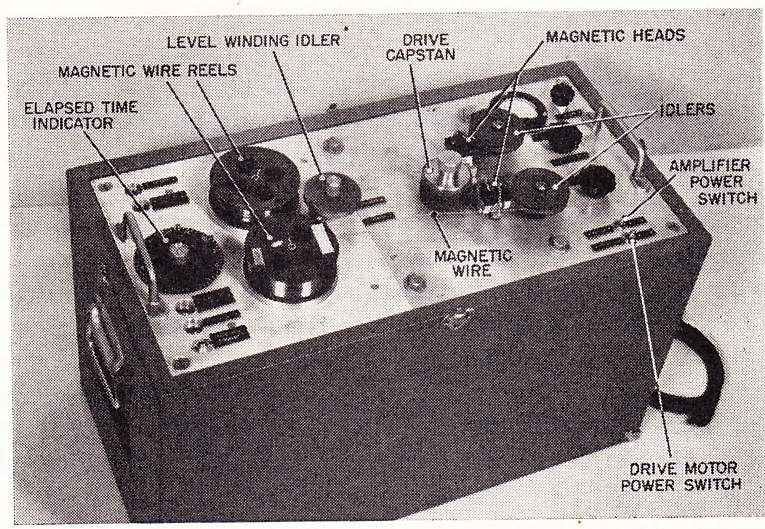 The Armour Master wire recorder.
The Armour Master wire recorder.
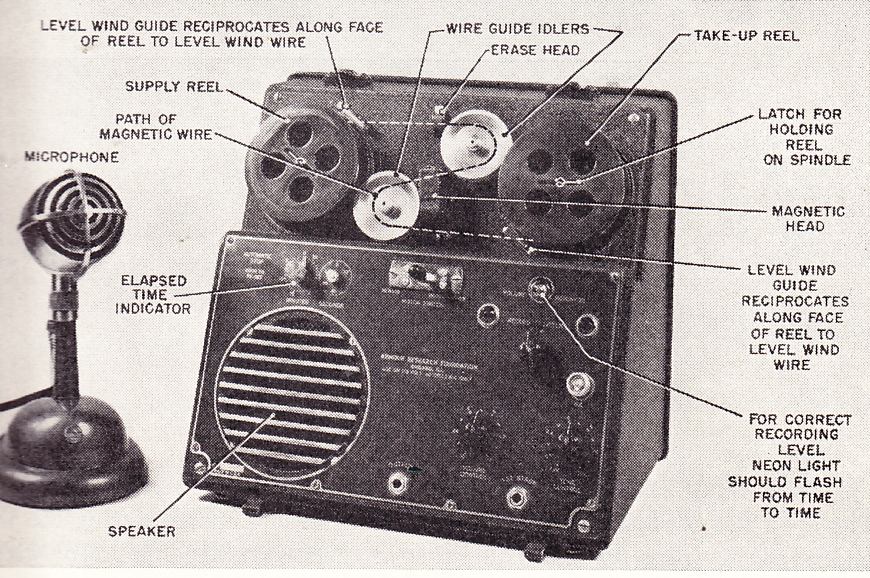 The Armour Model 50 wire recorder
The Armour Model 50 wire recorder
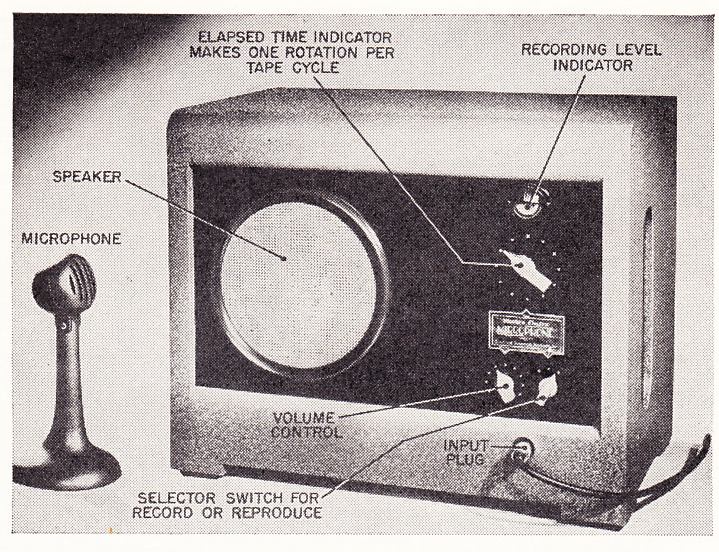 The Bell Labs Mirrorphone
The Bell Labs Mirrorphone
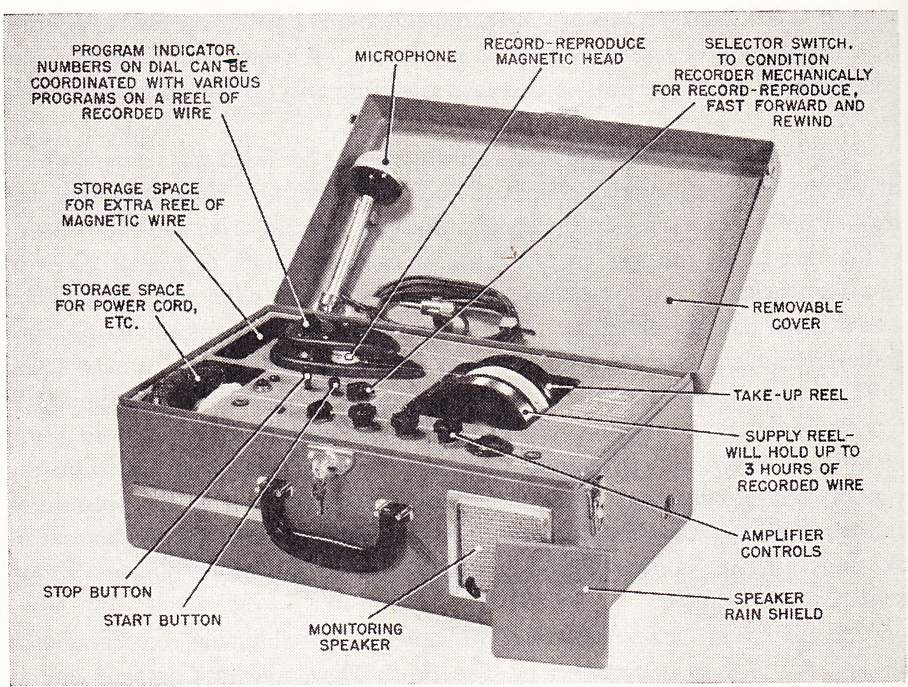 Brush Labs Model BK-303
Brush Labs Model BK-303
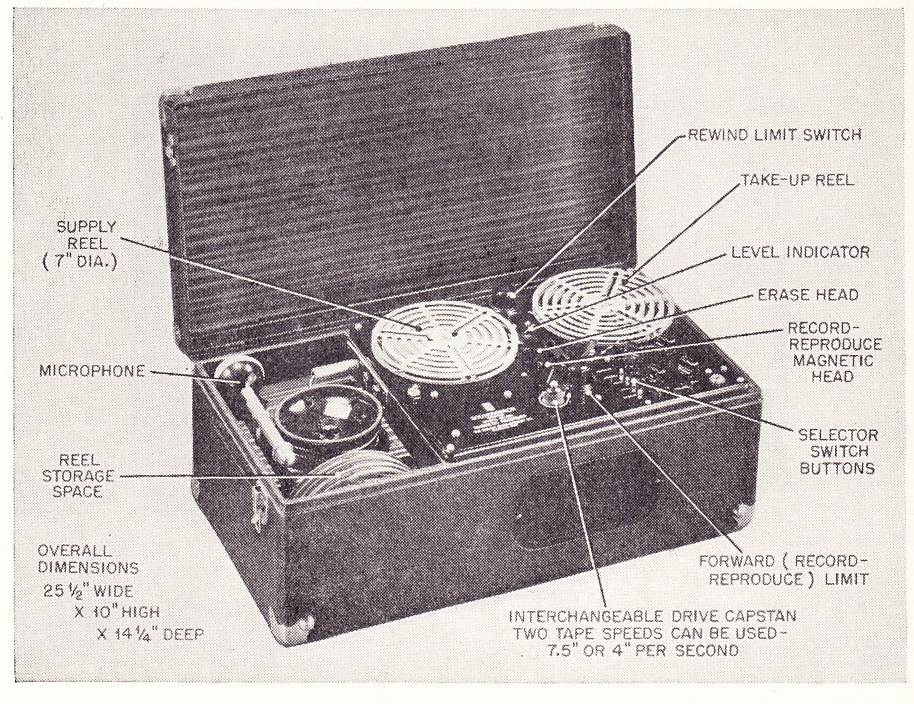 Brush labs model BK-403, the portable Sound Mirror
Brush labs model BK-403, the portable Sound Mirror
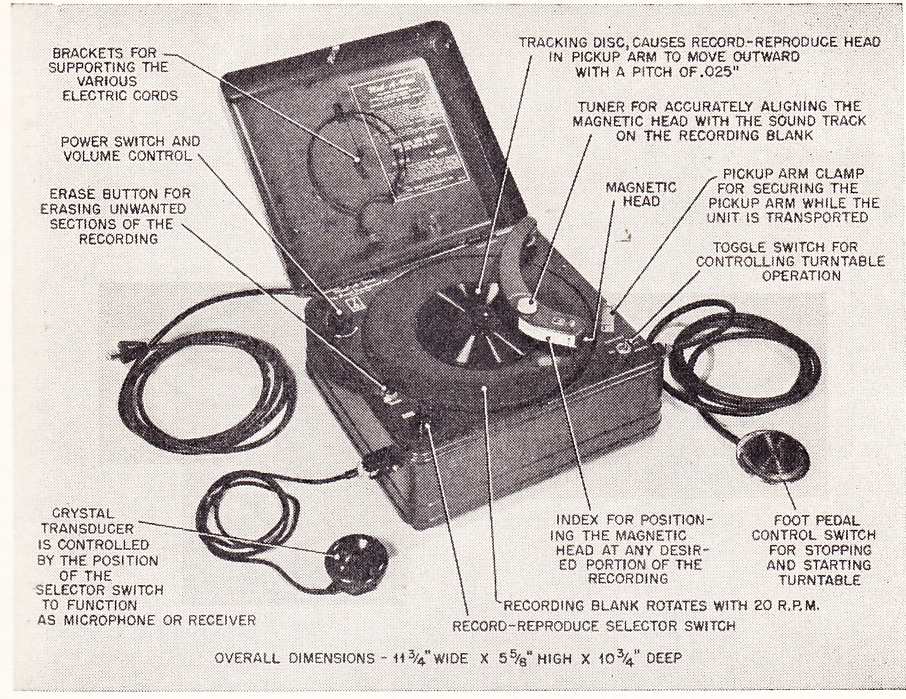 Brush Labs model BK-503 ‘mail a voice,’ which recorded a magnetic signal on coated paper discs.
Brush Labs model BK-503 ‘mail a voice,’ which recorded a magnetic signal on coated paper discs.
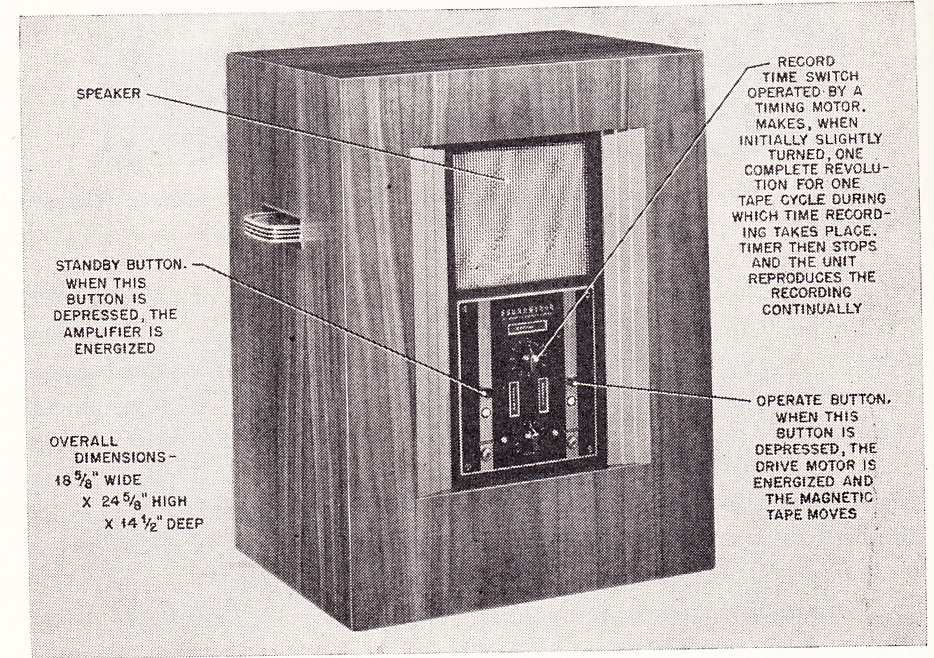 Brush Labs SoundMirror
Brush Labs SoundMirror
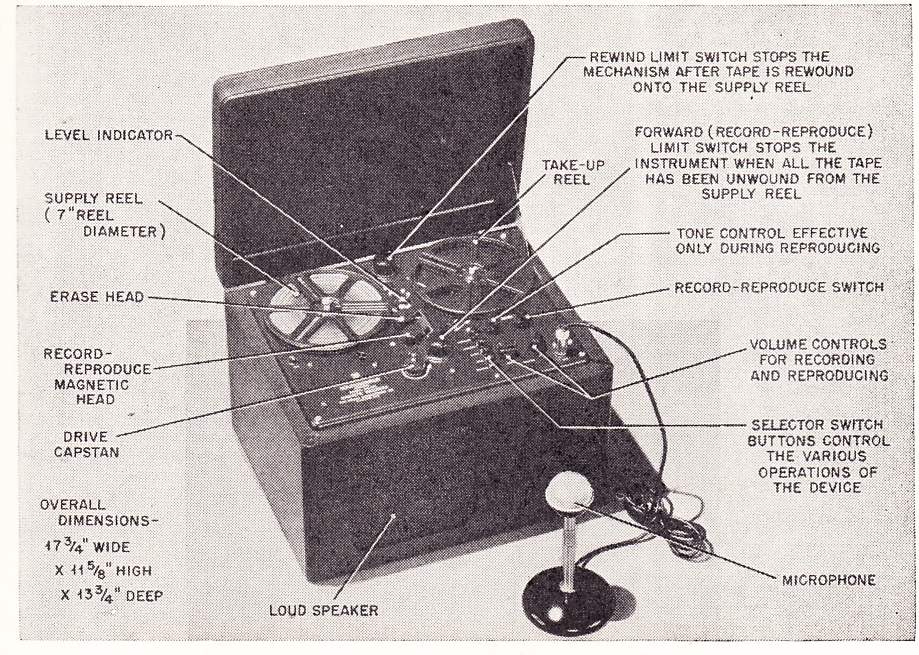 Brush Labs model BK-401
Brush Labs model BK-401
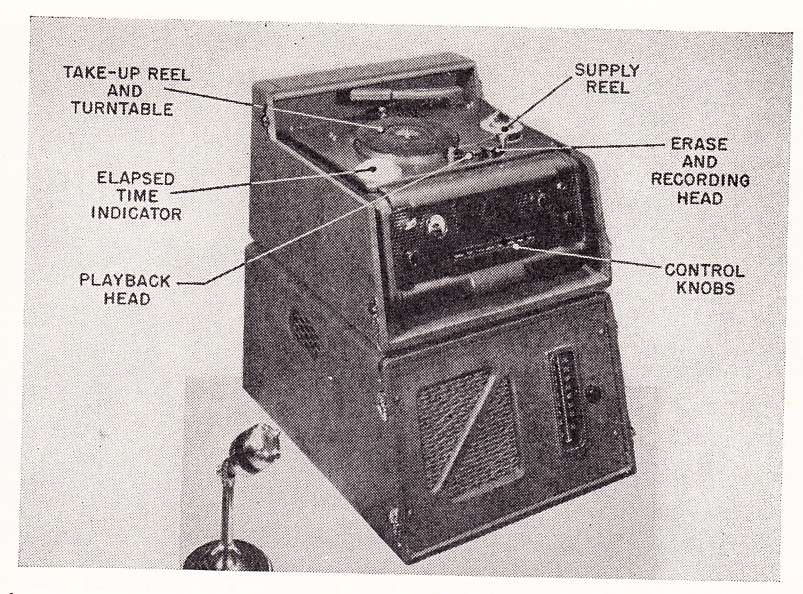 The Lear Dyanport (pictured with American Dynamic mic)
The Lear Dyanport (pictured with American Dynamic mic)
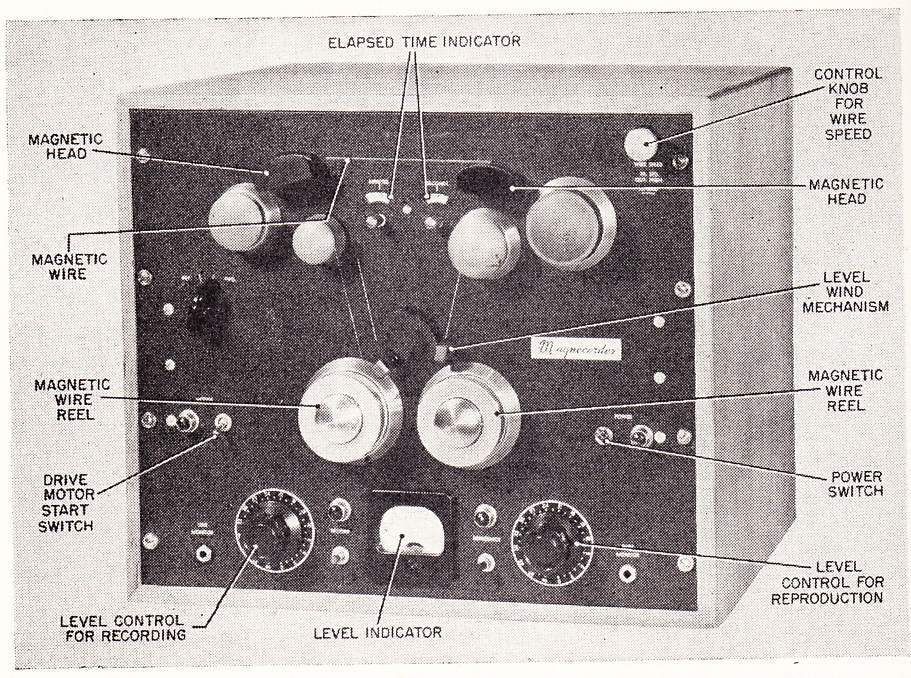 The Magnecorder SD-1, a predecessor (prototype?) of my beloved Magnecord PT6.
The Magnecorder SD-1, a predecessor (prototype?) of my beloved Magnecord PT6.
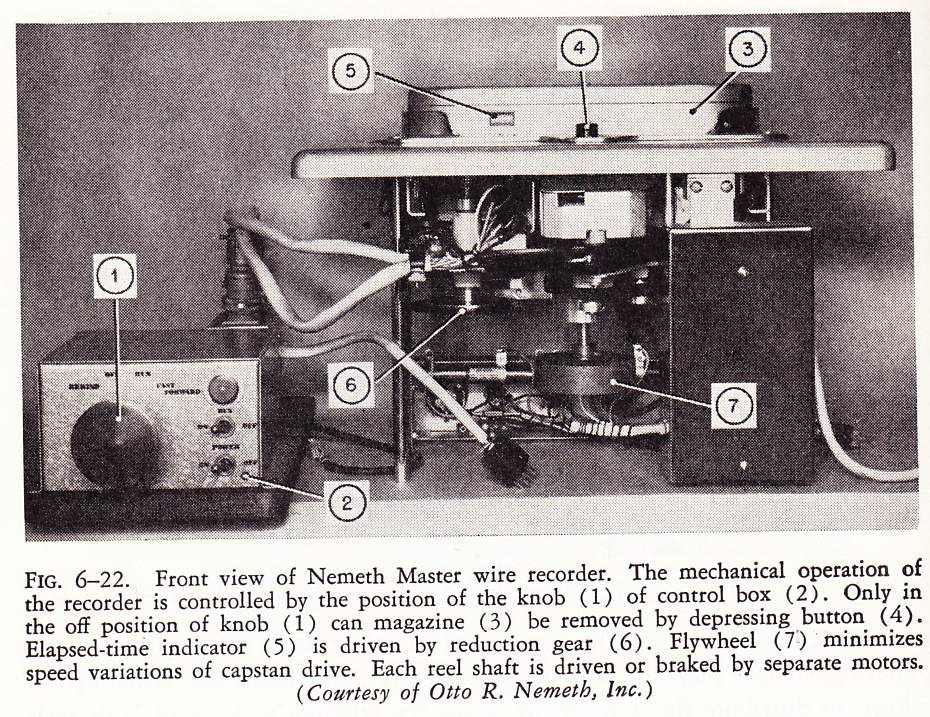 The Nemeth Master Wire Recorder
The Nemeth Master Wire Recorder
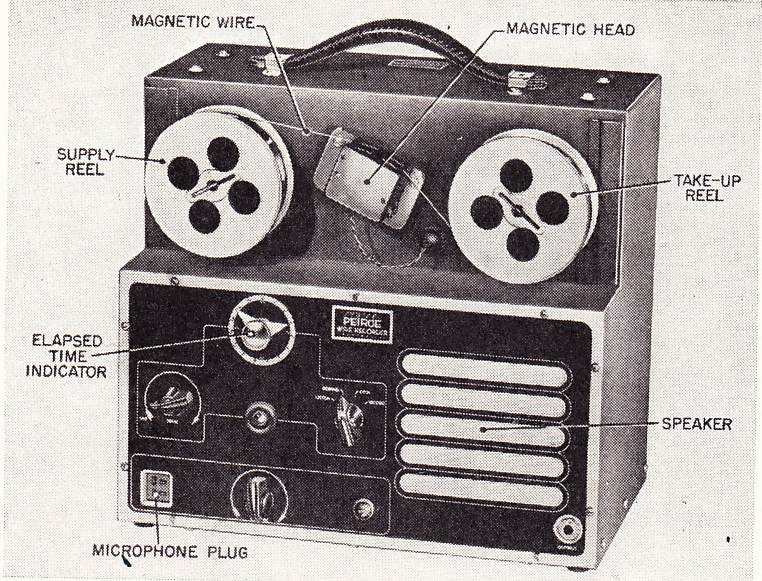 The Peirce Dictation model 55-b
The Peirce Dictation model 55-b
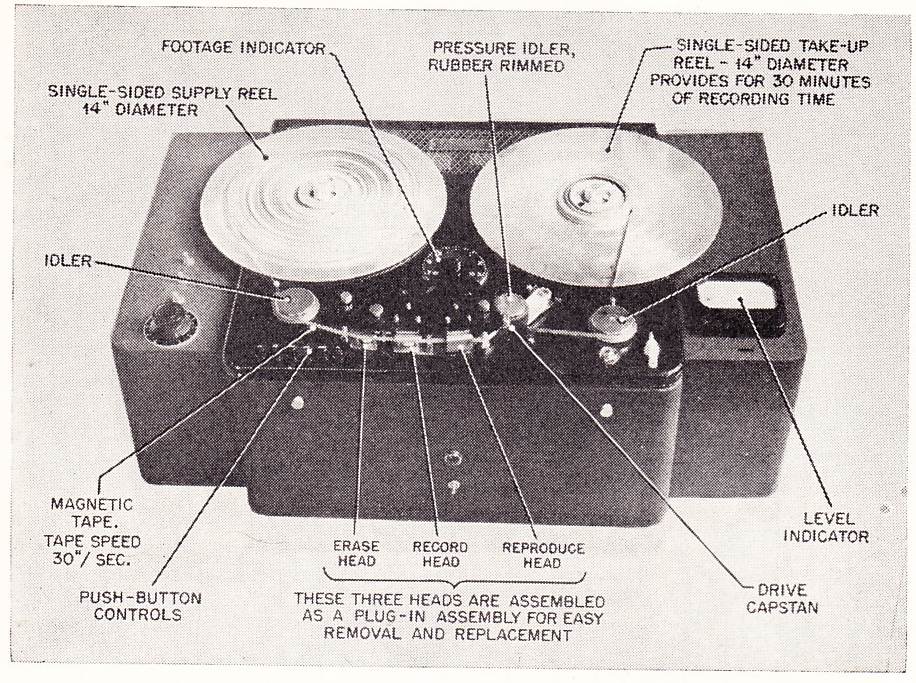 The Rangertone, by Rangertone
The Rangertone, by Rangertone
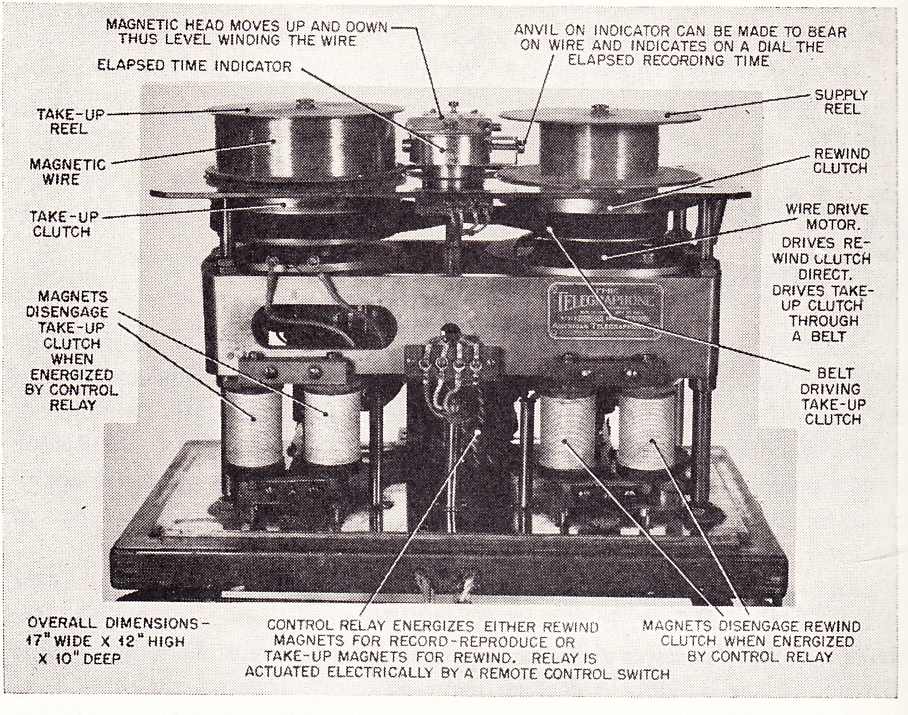 The Telegraphone, a pre-vacuum-tube wire recorder. See this earlier post for the details.
The Telegraphone, a pre-vacuum-tube wire recorder. See this earlier post for the details.
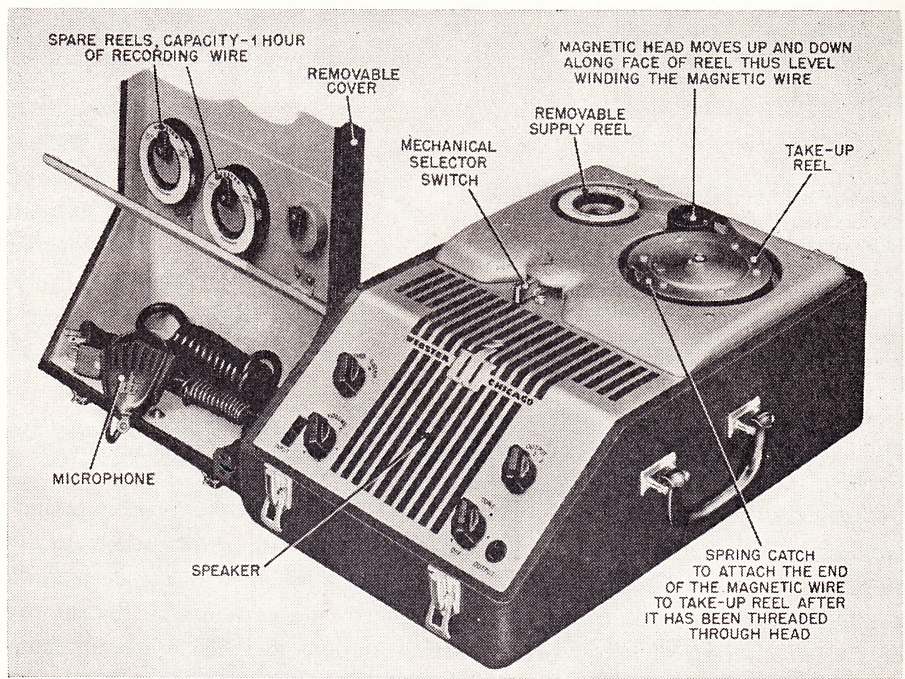 The Webster Wire Recorder. In my experience, these are the most commonly-found wire recorders that you may encounter.
The Webster Wire Recorder. In my experience, these are the most commonly-found wire recorders that you may encounter.
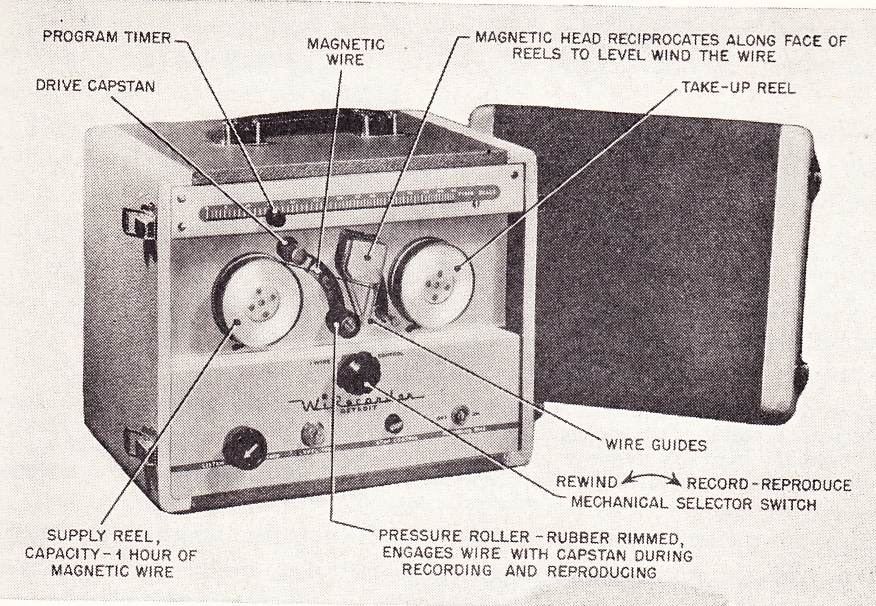 The WiRecorder Model PA
The WiRecorder Model PA
